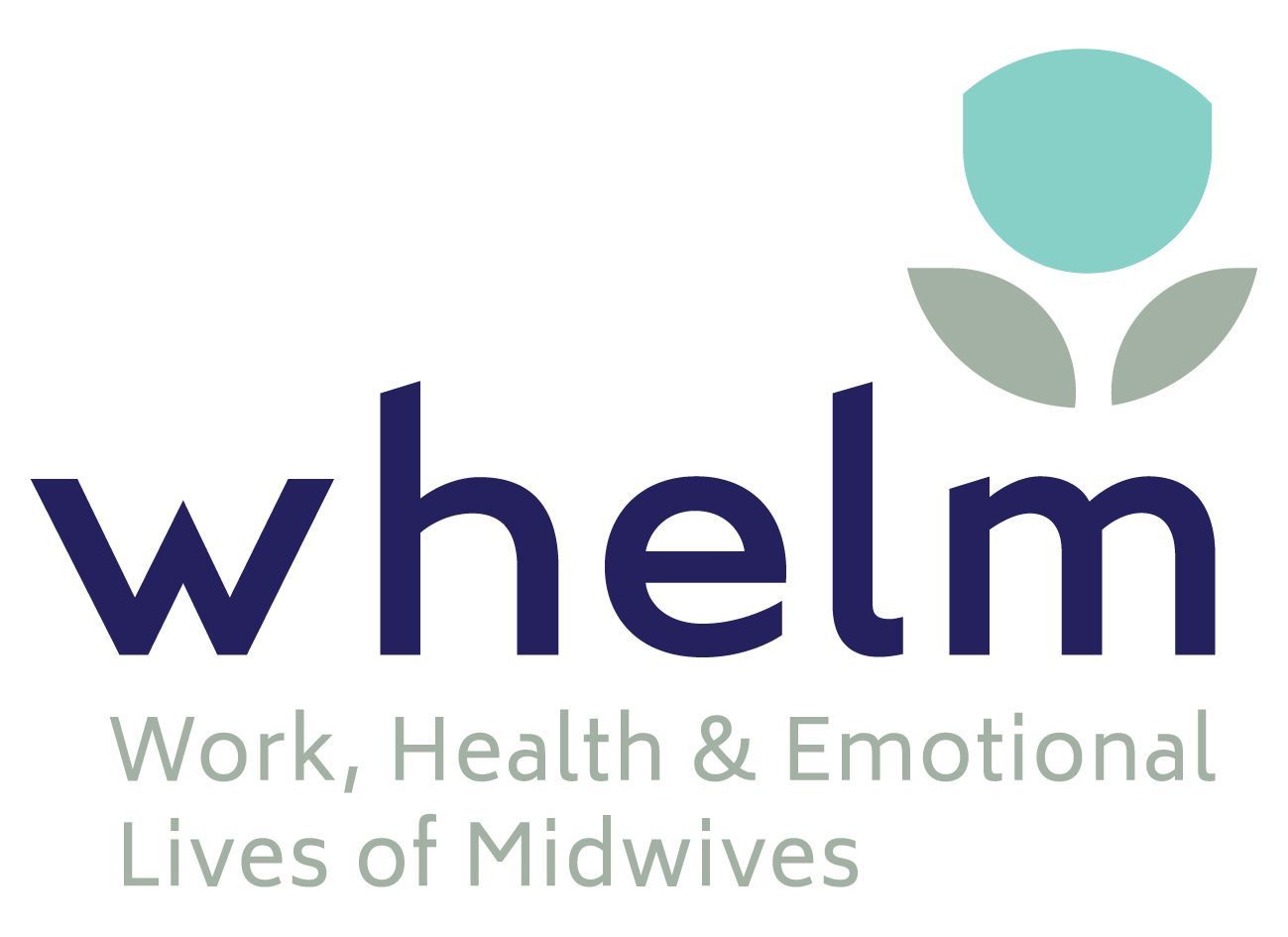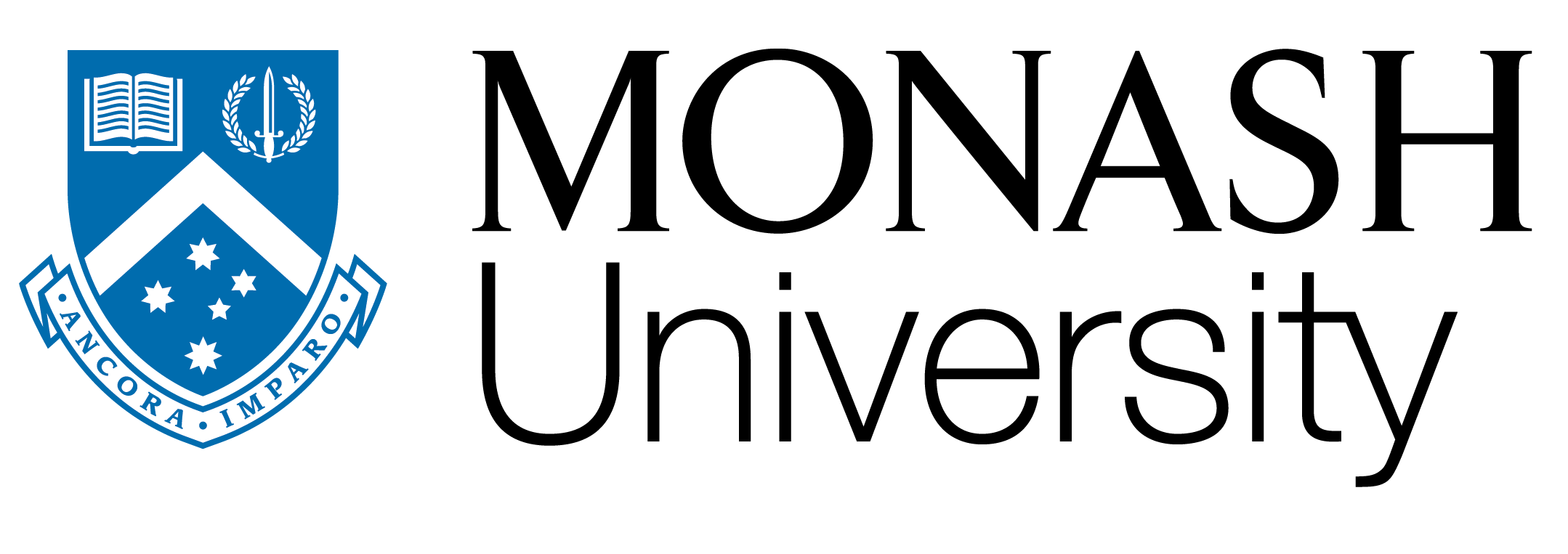Midwifery courses are known to be stressful,1 mainly due to the worries of managing clinical placements, completing assignments and not being able to earn enough money.2 Additionally, Australian midwifery students complete a minimum of 10 continuity of care experiences (CCEs), through which they build relationships with pregnant women and follow them over their childbirth journey.3 The CCE offers invaluable practice experience. Students invest significant time and emotional energy into their CCEs. Importantly, in fragmented maternity care, midwifery students are often the one familiar face for women. Consequently, students are distressed when an obstacle prevents them from being able to attend maternity care with the women. COVID presented such an obstacle to students in 2020.
Impact of COVID on midwifery students
Within the first few months of the Australian COVID pandemic, when much of the country was in lock-down, students were invited through social media (Facebook) to participate in research regarding the impact of COVID, and how it had affected them and their midwifery studies.4 A questionnaire consisted of 35 questions including demographic information and questions on: how they obtained the latest information and instructions about COVID from their universities and hospitals; whether their clinical opportunities had altered; whether their studies had been affected; and the impact of COVID on themselves and their families.4 Students who volunteered for interview were asked to describe their experiences of providing care during the COVID pandemic.4 The questionnaires and interviews were analysed using verified methods to ensure trustworthiness of the findings, including agreement between the researchers.4
Key findings
A total of 147 midwifery students completed the questionnaire.4 Many students (71.1%) reported health service provider policies restricted their access to CCE women .4 The students (65.8%) were also impacted by CCE women limited their maternity care attendance, possibly due to fear of virus spread.4 Most students (90%) were concerned about completion of their clinical requirements and skills and 85% were fearful they would not graduate on time.4 Additionally, interviews with 12 students identified five themes:4
1) Being expendable students were excluded from clinical situations, and whilst they understood why, it made them feel dispensable.
2) Bearing witness referred to students witnessing and understanding that COVID caused upset and distress to women which ultimately also distressed themselves, the students.
3) Uncertainty related to confusion and doubt caused by a lack of consistency between advice from universities and health care facilities.
4) Connection with women explained how the relationship between women and students was undermined due to loss of face-to-face time, resulting in poorer relationship building.
5) Personal anxiety reflected students’ own distress emerging from financial and family concerns.
Implications
Emotional upheaval was significant for students, demonstrating a need for better strategies for mental health and wellbeing.5 Resilience building could provide a way for midwifery students to navigate difficult situations.6 Specifically, educational strategies, such as the integration and accessibility of peer group support in both the clinical and academic environment, can strengthen individual resilience.7
Inconsistent guidance for students is challenging,8 and this research has highlighted a need for universal policies.9 Easily accessible, frequently updated information from maternity care providers and universities may assist students to feel confident they are following the latest official guidance.
Financial strain was a burden for students during COVID leading to further anxiety. However, midwifery students faced financial pressures even before the COVID pandemic and are often required to work in paid employment alongside their midwifery course adding to their stresses.10 Therefore, the COVID pandemic has provided a timely reminder that additional governmental support for midwifery students could help improve retention of students while encouraging others to pursue a career in midwifery. There are significant implications from this study, particularly considering the exodus of midwives during and following the pandemic. Investing in midwifery education and midwifery students is vital.
Highlighted article
Kuliukas, L., Hauck, Y., Sweet, L., Homer, C. Wilson, A., Vasilevski, V., Wynter, K. & Szabo, R.A & Bradfield, Z. (2021). A cross-sectional study of Midwifery Students’ experiences during the COVID- 19 pandemic in Australia: Uncertainty and expendability. Nurse Education in Practice. 51 (102988). https://doi.org/10.1016/j.nepr.2021.102988
Blog written by
Lesley Kuliukas
References
- Eaves, J. L. & Payne, N. (2019). Resilience, stress and burnout in student midwives. Nurse Educ Today 79, 188-193. https://doi/10.1016/j.nedt.2019.05.012
- McCarthy, B., Trace, A., O’Donovan, M., Brady-Nevin, C., Murphy, M., O’Shea, M., O’Regan, P. (2018). Nursing and midwifery students’ stress and coping during their undergraduate education programmes: An integrative review. Nurse Educ Today 61, 197-209. https://doi/10.1016/j.nedt.2017.11.029
- ANMAC (2021). Midwife Accreditation Standards (2014). Canberra: Australian Nursing and Midwifery Council https://www.anmac.org.au/sites/default/files/documents/06920%20ANMAC%20Midwife%20Std%202021_ONLINE_05_FA.pdf
- Kuliukas, L., Hauck, Y., Sweet, L., Homer, C. Wilson, A., Vasilevski, V., Wynter, K. & Szabo, R.A & Bradfield, Z. (2021). A cross-sectional study of Midwifery Students’ experiences during the COVID- 19 pandemic in Australia: Uncertainty and expendability. Nurse Education in Practice. 51 (102988). https://doi.org/10.1016/j.nepr.2021.102988
- Das, N., Narnoli, S., Kaur, A. & Sarkar, S. (2020). Pandemic, panic, and psychiatrists – what should be done before, during, and after COVID-19? Asian Journal of Psychiatry 53, 102-206. https://doi/10.1016/j.ajp.2020.102206
- Williams, J. (2016). Navigating the midwifery undergraduate programme: is resilience the key? British Journal of Midwifery 24, 790-798. https://doi/10.12968/bjom.2016.24.11.790
- Crombie, A., Brindley, J., Harris, D., Marks-Maran, D. & Thompson, T. M. (2013). Factors that enhance rates of completion: what makes students stay? Nurse Educ Today 33, 1282. https://doi/10.1016/j.nedt.2013.03.020
- Bhatia, R. (2020). Public engagement is key for containing covid-19 pandemic. Indian Journal of Medical Research 151, 118-120. https://doi.org/10.1002/bjs.11646
- Bhangu, A., Lawani, I., Ng-Kamstra, J. (2020). Global guidance for surgical care during the covid-19 pandemic. Br J Surg. 107, 1097-1103. https://doi.org/10.1111/jocn.14999
- Christiansen, A., Salamonson, Y., Crawford, R., McGrath, B., Roach, D., Wall, P., Kelly, M., Ramjan, L.M. (2019). “Juggling many balls”: Working and studying among first‐year nursing students. J Clin Nurs, 28 21-22, 4035-4043. https://doi/10.1111/jocn.14999








